Top 10 Recently Extinct Car Brands Millennials Probably Won't Remember

Everybody loves talking about millennials but nobody does anything about them. Roughly speaking, this demographic encompasses young – and not-so-young – folks born in the early 1980s to about 2000. With birth years spanning two decades, this is a huge group of very diverse people.
As an increasingly popular storyline goes, we love our smartphones and Twitter accounts more than cars and the physical world around us (yes, I’m part of this maligned group, as are many of my illustrious AutoGuide.com colleagues). Supposedly, millennials would rather text message and Facebook chat with their friends than jump in a vehicle and drive somewhere to actually meet up.
SEE ALSO: High Unemployment to Blame for Drop in Teen Driving
Of course, this opinion is open to debate, but one thing is not: a whole lot of automotive makes have vanished during our lifetimes. Naturally, some deserved to die, but others were the victim of financial distress, or worse, disastrous management. As such, here’s a list of the Top 10 Recently Extinct Car Brands That Millennials Probably Won’t Remember.
Hummer
Few car companies were devoted to environmental destruction quite like Hummer. Sure, practically all automakers build one or two vehicles that are unnecessarily thirsty, but every single product foisted on unsuspecting customers by GM’s SUV brand was practically guaranteed to return single-digit fuel economy (maybe gallons per mile was a more appropriate measure). They may as well have burned tires instead of gasoline.
The brand’s product portfolio consisted of brick-like utility vehicles including the ginormous H2 and the slightly smaller though no less awful H3, each of which had the aerodynamics of a city-sized meteorite screeching toward earth. Hummer was the automotive equivalent of a codpiece, it made you look big even if you weren’t
In the end, a Chinese firm attempted to purchase this doomed brand from GM as it went through bankruptcy but that deal was nixed by the government … the Chinese government. As a result, Hummer got tossed in the trash like an apple core, but unfortunately, this piece of garbage wouldn’t even make good compost.
Pontiac
Pontiac is yet another victim of GM’s 2009 collapse. Unfortunately, near the end of the line, this division started to build some pretty interesting vehicles. The Solstice roadster was at least cool to look at and quite a bit of fun to drive, especially in turbo form. And then there was the G8 large sedan, an Australian-built, rear-wheel-drive exclamation point for the brand.
Many enthusiasts cried foul when it was announced Pontiac was getting Oldsmobiled and ailing Buick would survive the bankruptcy filing. And why shouldn’t they have screamed? Buick made cars that appealed directly to drivers that were born before the Civil War while Pontiac was sporty and fun. Too bad for them, this famous Indian chieftain was sent to the automotive wigwam in the sky.
Saturn
Three strikes and you’re out… of business. Not quite, but GM’s Saturn division was yet another victim of the Detroit automaker’s financial revolution, sent to the vehicular guillotine after Wall Street stormed the Bastille… or whatever.
Saturn was “a different kind of car company,” or so they said, but apparently they weren’t unique enough to build decent vehicles. In the early days they were famous for their dent-resistant plastic body panels, no-haggle pricing and crudity.
But by the time Saturn was discontinued in 2010 they were selling mostly rebadged versions of other GM vehicles, often with significantly worse styling. Remember the Outlook crossover, Astra compact car or Vue SUV? All of these were other vehicles masquerading as Saturns.
Saab
GM is kind of like the kiss of death. If you’re an independent automaker, avoid shacking up with this smooth-talking Yankee at all cost because you WILL regret it.
Saab was known for innovative turbocharged engines and other features that can only be described as quirky. At its peak, this was a premium, aspirational brand that was clearly differentiated from German or American offerings. But then GM got involved and everything went to hell. After about two decades of ownership the General largely drove this respected company into the ground. Products like the 9-2X, a rebadged Subaru and the 9-7X, a gussied up Chevy Trailblazer did Saab no favors.
Adding insult to injury was their ludicrous “Born from Jets” slogan. Yeah, your 9-3 is related to an airplane… and Pam Anderson is the same thing as Louis Anderson.
Just like Hummer, the Chinese wanted to get their hands on this Swedish brand, but GM opposed that move because they were reluctant to transfer technology (their technology) to the Chinese. And let’s be honest, the Chinese generally aren’t the most respectful of intellectual property rights, so this was probably a wise move.
Today the automotive part of Saab is dead but not quite deceased. They’re dabbling in electric vehicles, if only barely.
Mercury
Don’t think GM is the only automaker that knows how to eliminate unnecessary or otherwise redundant brands, oh no, dear reader, they’re not. Ford has dumped a few unwanted divisions over the decades, most recently Mercury.
Originally, this brand was conceived of as a step to bridge the cavern between lowly Fords and the up level Lincoln Zephyr. The first Mercury cars featured wider bodies, unique styling and more powerful engines than their blue-collar, Blue Oval counterparts.
Unfortunately, Mercury’s identity was never really pinned down. Is it a near-luxury brand? Is it a performance division? Should it target women? Who knows? The executives at the company certainly didn’t. Eventually, Mercury became little more than a purveyor of Ford vehicles with waterfall grilles, and that’s a worse business model than trying to sell chili-cheese fries at a cardiology convention.
Mercury was discontinued in 2011, probably to eliminate unnecessary cost and to help the company focus more attention on its other ailing faux-luxury brand, Lincoln.
Maybach
Mercedes-Benz builds luxury automobiles; their E-Class sedan, S-Class flagship and GL large SUV are favorites of well-heeled customers around the world. But what happens when even the best isn’t good enough? Well, if you’re the suits in Stuttgart you launch a SUPER luxury division and name it after a famous engineer.
Maybach models were designed to slot above even the most opulent Mercedes-Benz, the Sprinter… I mean S-Class. These cars are absurdly long, luxurious and expensive. If you don’t own a diamond mine in South Africa, you’re ineligible to acquire one. You also need to possess a personal continent and have at least 14 vacation homes, either that or own the Principality of Monaco. Anything less and you’ll be forced to buy something plebian like a Maserati or *shudder* a Bentley.
SEE ALSO: Maybach Name May Return on New S-Class
Maybach was discontinued this year, yet another victim of the Great Recession, to say nothing of their questionable driving dynamics and astronomical price tags. But all hope is not lost. The marque was revived as a special trim level on the new S-Class.
Suzuki
Suzuki is one of those brands that never really figured out the North American market. Sure, their power products are extremely popular, things like motorcycles, ATVs and marine engines, but when it comes to cars, they kind of wilted away like the garnish at an all-you-can-eat buffet. Heat lamps will do that to even the sturdiest greens.
SEE ALSO: Suzuki Bankrupt, Files Chapter 11 in America
Unlike, say, Hummer, many of Suzuki’s products were clever and pretty appealing. The Kizashi midsize sedan was a nice piece of work and the SX4 small car was spacious and functional. It’s curious why Americans never really bought them. This is one brand that probably didn’t deserve to die in the U.S.
Daewoo
Dae-who? Daewoo! In the U.S. this South Korean automotive brand went the way of the lobotomy around 2002 because of money problems. Isn’t that always the issue? Now, if you can believe it, GM owns the leftover scraps of Daewoo and uses it to develop many of their small cars. Smartly they renamed it GM Korea.
Why did this company bow out from America? Well, with vehicle names like Nubira and Leganza can you blame them for going under? These products sound like alien planets from the nerdiest science-fiction movie ever. That might not have been a problem had Daewoo’s vehicles been any good, but they weren’t. This is definitely a brand worth forgetting.
Oldsmobile
Contrary to its old-timey name, Oldsmobile was a driving force in the automotive industry right from the get-go. If you can believe it, Ransom Eli Olds was the first to mass-produce cars with his curved-dash model back in the early 1900s. His company was also the first brand to introduce a fully automatic transmission, the four-speed Hydramatic. After that, Oldsmobile helped popularize powerful, overhead valve engines after the Second World War. This is heady stuff, so why did the brand get canned?
It’s likely a number of things are to blame opposed to one murderous silver bullet. Chalk it up to unending management blunders and redundant, rebadged products. After all, who needs Oldsmobile when you’ve got Buick?
Pymouth
Chrysler’s Plymouth division launched in the late 1920s, giving Walter P. (Chrysler) and company a low-cost brand for the first time ever. In the early days it competed directly with Ford and Chevrolet stealing sales from its cross-town rivals. Despite being the new kid on the block Plymouth found much success during the Great Depression.
But as time went on the brand became something of a dumping ground for rebadged Chrysler models. It overlapped with other divisions in the Pentastar Empire especially Dodge and Eagle (another brand millennials won’t remember). Plymouth set sail for the final time in 2001.

Born and raised in metro Detroit, Craig was steeped in mechanics from childhood. He feels as much at home with a wrench or welding gun in his hand as he does behind the wheel or in front of a camera. Putting his Bachelor's Degree in Journalism to good use, he's always pumping out videos, reviews, and features for AutoGuide.com. When the workday is over, he can be found out driving his fully restored 1936 Ford V8 sedan. Craig has covered the automotive industry full time for more than 10 years and is a member of the Automotive Press Association (APA) and Midwest Automotive Media Association (MAMA).
More by Craig Cole






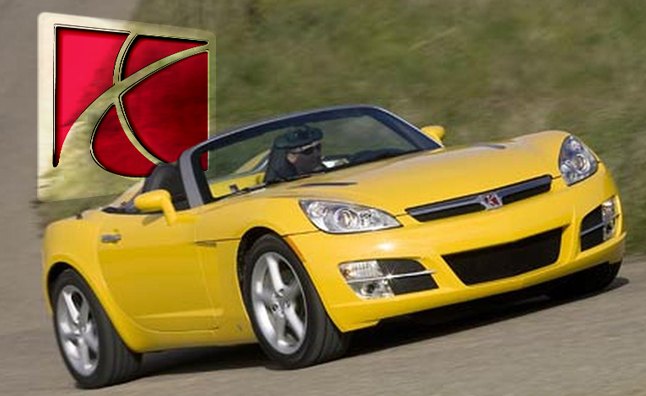




















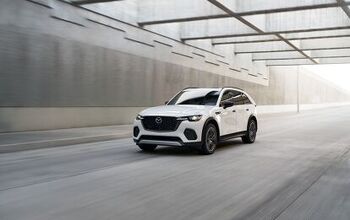
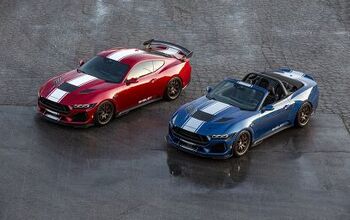


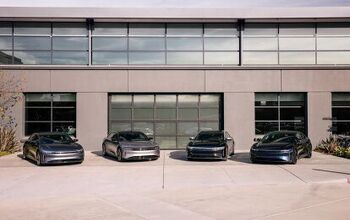
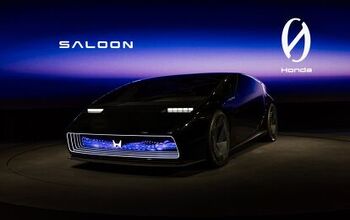
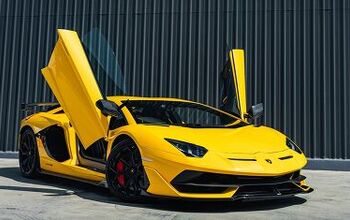

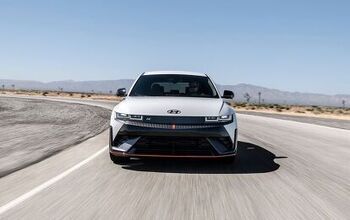
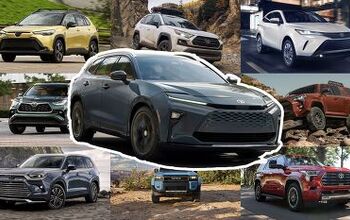
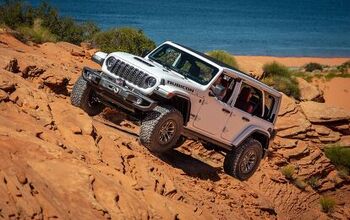

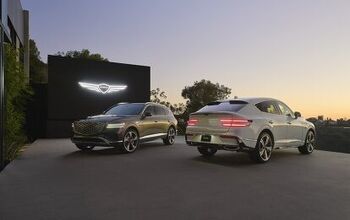
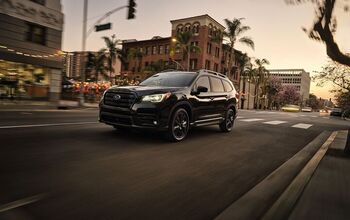

Comments
Join the conversation
speaking of redundant, it was said "play Jesus" and be resurrected again? back to journalism school.
How about a little research before you write... "Born from jets" is Saab's slogan because the company builds jets -- specifically very high tech air force fighters such as the Viggen 47 classice plus current models: http://www.youtube.com/watch?v=oKlQyPOiRuE&feature=share&list=TLoVw0B5muksdNXMESgqs9S_Z48WBFkM8L